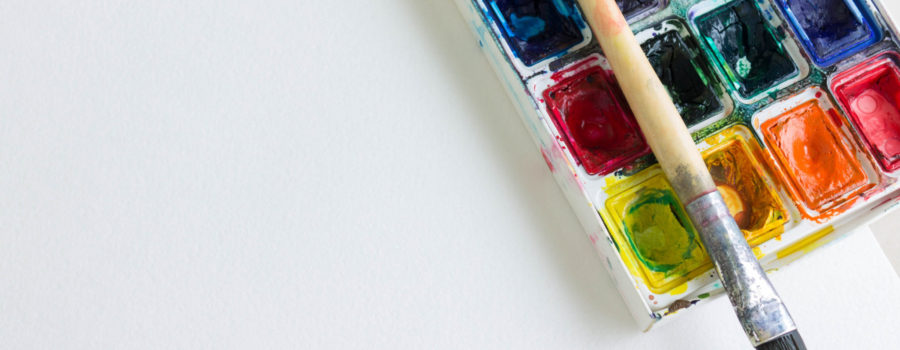Copyright for visual artists. Derechos de autor have a deep and profound impact on the visual arts. Not many visual artists understand this relationship.
Visual artists create art. Art is the visual manifestation of their creativity. Creativity is the backbone of copyrights.
Copyright grants the creator of the work a set of exclusive rights. These rights are separate from the physical work of art. An artist can sell a work of art and retain or condition the copyrights over it. The way to properly and effectively do this is through a written agreement, also referred to as a contract.
Contrary to popular belief, the purchase of a visual work of art does not grant the buyer a blanket right to use, exhibit or monetize from it indiscriminately. The first sale doctrine of copyrights makes sure of this.
So, how do copyrights actually protect an artist’s rights? We discuss this below.
What are the copyrights?
What are these copyrights? In our post, What is a copyright?, we laid out the five exclusive rights granted by copyrights. These are the right to:
- Reproduce a work.
- Distribute a work.
- Create a derivative work.
- Publicly perform the work.
- Publicly exhibit the work.
Violating any one of these exclusive rights is copyright infringement.
Who owns the copyrights, the buyer or artist?
Who owns the copyrights, the buyer or the artist The answer too this question depends on the agreement between the buyer and the artist. What about the artist that sells works through a gallery or agent? Here too, the answer will depend on the agreement between the artist and the gallery/agent, as well as the agreement between the gallery/agent and the final buyer.
The artist can sell the work and not transfer any copyrights. Through a written agreement, the artist can sell, transfer or license the copyright to the buyer of the work.
For specially commissioned works, copyright law has an additional set of guidelines. These are laid out in our post, What is a work made for hire and who owns the copyright?. Bottom line, copyright ownership over a specially commissioned work depends on the agreement between the parties.
What about moral rights?
Copyright for visual artists does not stop here. There are moral rights. This comes under the Visual Artists Rights Act of 1990, known as VARA.
Moral rights on a visual work of art cannot be sold, transferred or licensed. They will always remain with the artist. These are a unique set of rights. Among these rights, is the right of attribution and integrity.
The right of integrity of the work is a powerful one. It bestows upon the visual artist the right to (i) prevent any intentional distortion, mutilation, or other modification of that work which would be prejudicial to the artist’s honor or reputation, and (ii) prevent any destruction of a work of recognized stature.
As a result, copyrights grant visual artists the tools to protect their work, the integrity of their work and their reputation. It is up to the visual artist to understand these rights and use them effectively.
Author: Patricia Ramírez Gelpí, J.D., LL.M.
Image: OlegPandaBoev/Shutterstock.com





